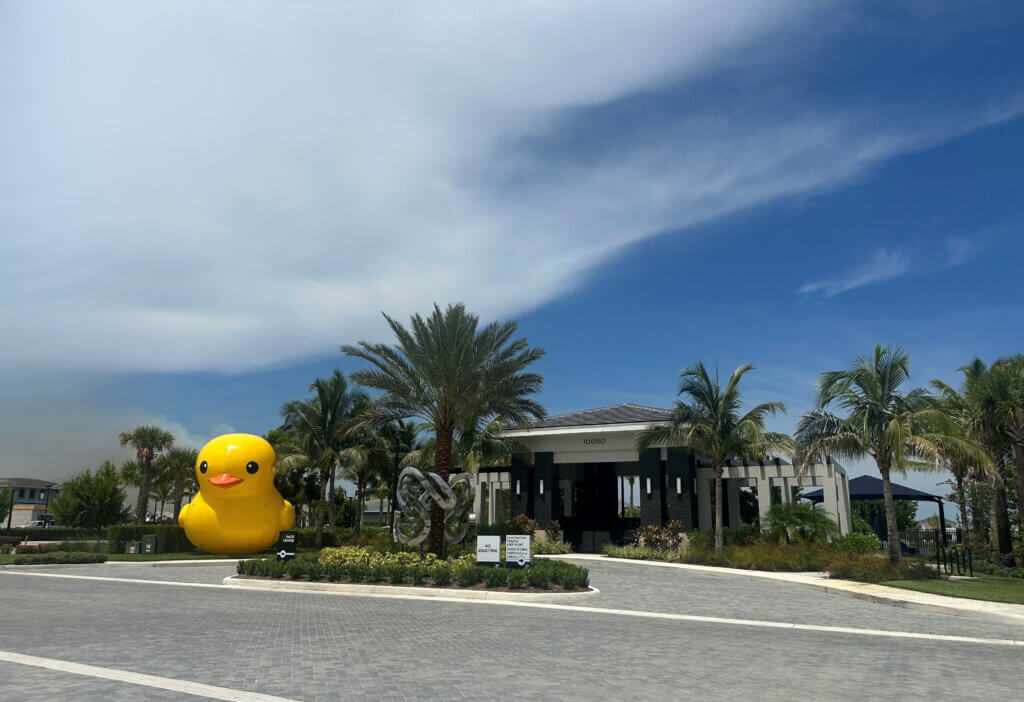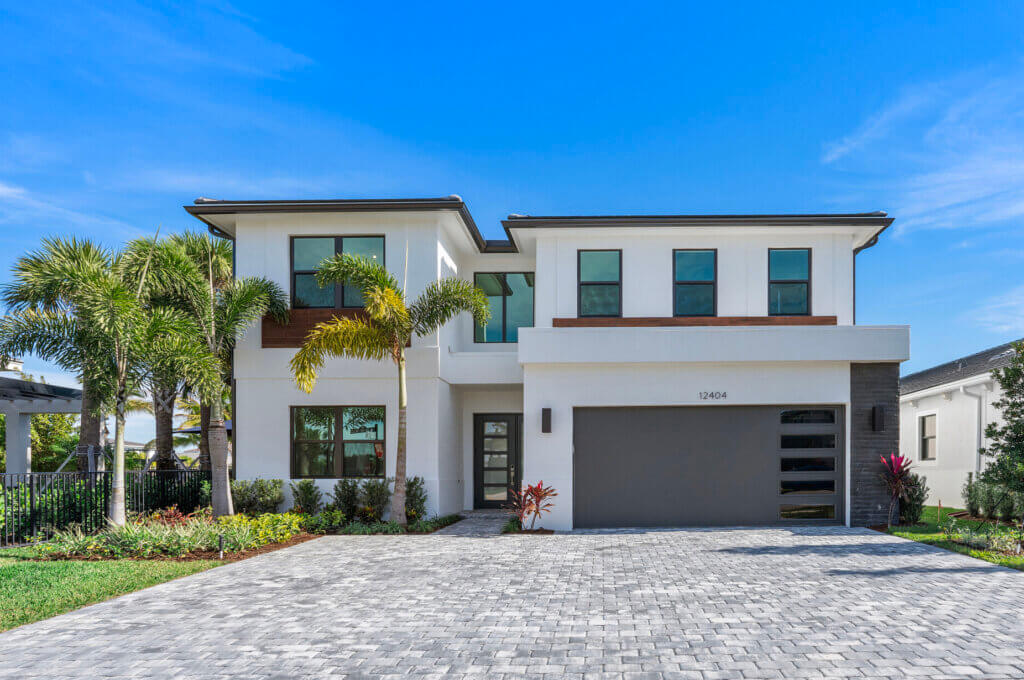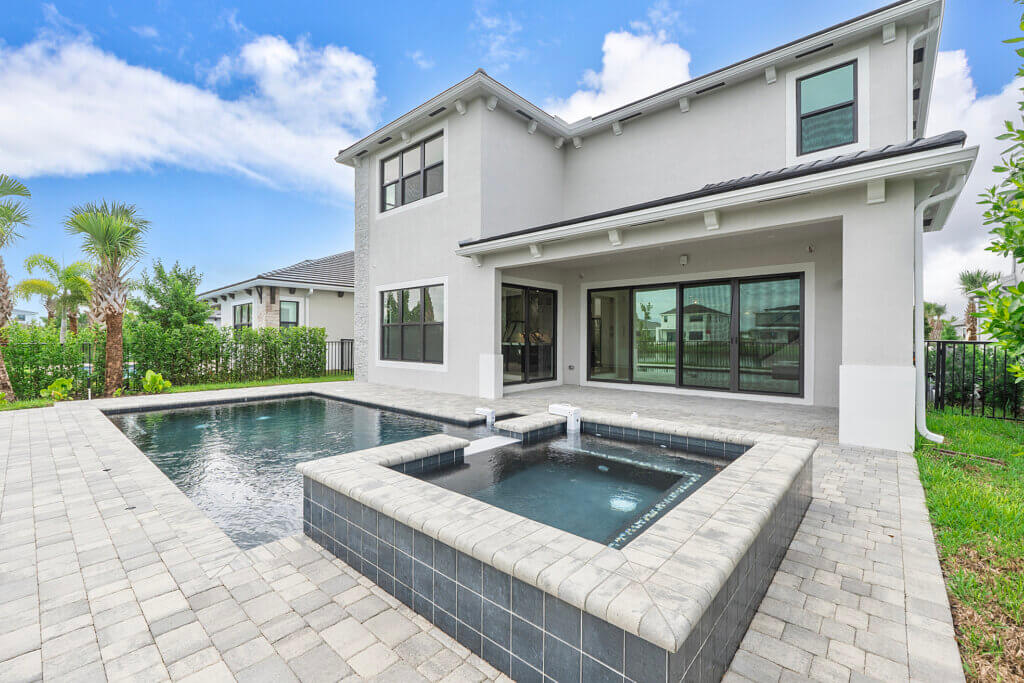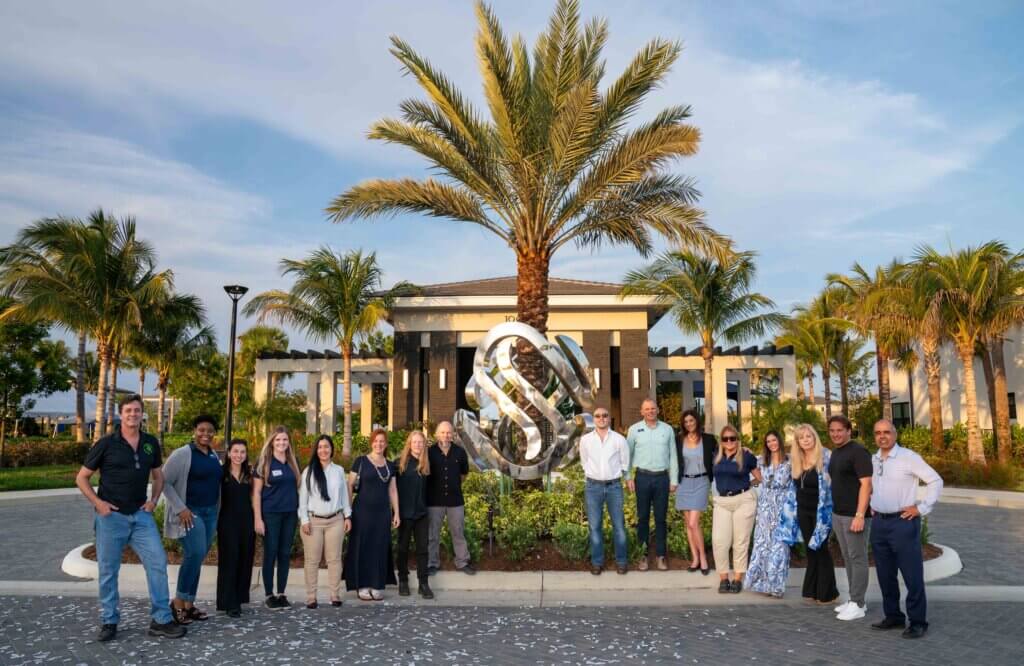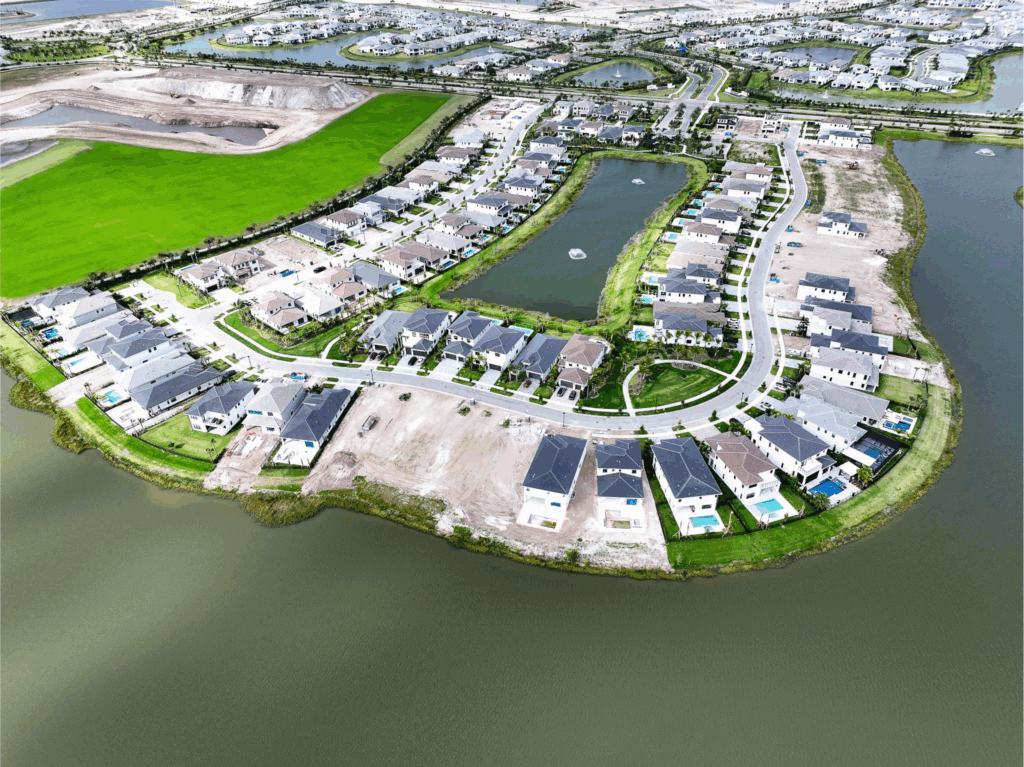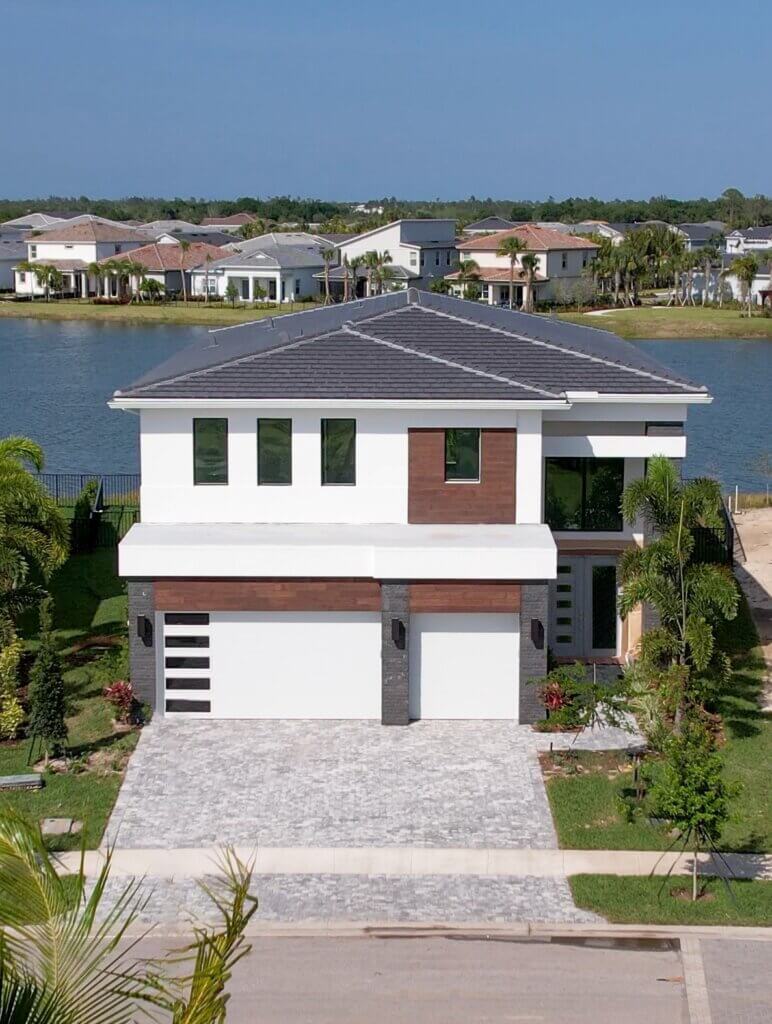Why Should You Consider a Multi-Generational Home?
March 13, 2023 5 Minute Read
These days, families are welcoming the idea of sharing their homes with relatives. This is common with adult children sharing the same space with their elderly parents. Such space is referred to as a multi-generational home. There are families now purchasing bigger homes or larger spaces that will give their aging parents an independent-living space.
What Is a Multi-generational Home?

A multi-generational home consists of a group of family members who represent three or more generations living together under one roof. In other words, a multi-generational home is built to accommodate several generations.
A minimum of two adult generations must coexist in a household to qualify as multi-generational. This could be a house where the grandparents live with their kids and grandchildren, a house where the parents live with their adult kids, or even a house with four generations living together.
A multi-generational home will allow each generation to have its own private space, which will be beneficial for everyone. Many multi-generational homes also feature a separate living room, kitchen, and entrance.
This style of home is affordable, practical and encourages quality time to be spent with family. Multi-generational home is a style of home that is on the rise in America. This is due to its many benefits.
Why Should You Choose a Multi-Generational Home?
There are several reasons why you should choose a multi-generational home. However, if your home does not have the proper layout or if your home space is not enough, having so many family members under the same roof can be challenging.
Purchasing a multi-generational home will give your family more quality time together, increase family safety, and allow you to share costs and responsibilities while still maintaining your privacy. Below are the top reasons why you should consider a multi-generational home.
1. Economically efficient
Multi-generational homes have become increasingly popular in recent years, as more families realize the economic benefits of living together. By sharing resources and living expenses, families can save money on housing, utilities, and groceries.
For example, grandparents may contribute to the mortgage payment, while parents cover other household expenses. In turn, adult children can help care for their aging parents, reducing the need for costly assisted living facilities.
Multi-generational living also allows for the sharing of skills, knowledge, and experiences, providing valuable opportunities for family members to learn from one another. Furthermore, it can foster a sense of community and support, which can be particularly beneficial for children and teenagers.
2. Bolsters family ties
Multi-generational homes offer numerous benefits that can help strengthen family ties. By living together under one roof, family members have more opportunities to spend time together, share experiences, and build closer relationships.
Grandparents can provide invaluable wisdom and guidance to younger family members, while parents can offer support and guidance to their adult children. Adult children can also help care for their aging parents, fostering a sense of responsibility and appreciation.
Furthermore, multi-generational living can help children develop a stronger sense of family identity and belonging, as they grow up surrounded by multiple generations of family members.
3. Privacy is a top priority
Living in a multi-generational home doesn’t mean sacrificing privacy. Many families that choose this living arrangement make privacy a top priority. With thoughtful planning and communication, it is possible to create spaces that allow each family member to have their private areas while still enjoying the benefits of communal living.
For example, adult children may have a separate living area or bedroom, while grandparents may have a separate suite with a private entrance. Shared living spaces, such as kitchens and living rooms, can be designed to allow for privacy and personal space.
Effective communication and respect for each other’s boundaries are key to making privacy a priority in a multi-generational home. By working together to create a comfortable and respectful living environment, families can enjoy the benefits of communal living while still maintaining their privacy.
4. Encourages safety
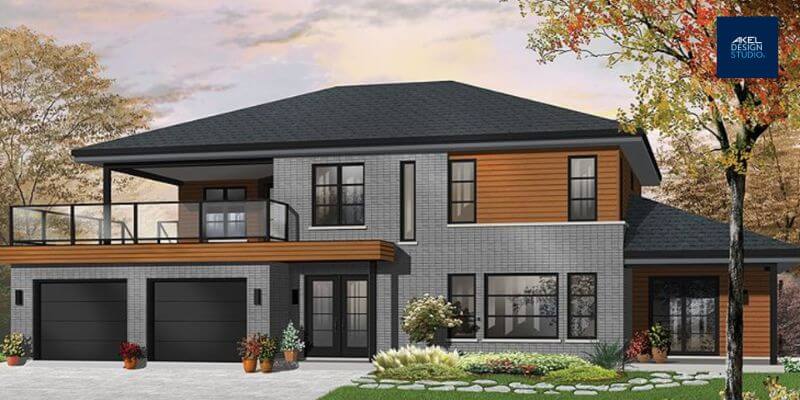
Multi-generational homes can provide a sense of safety and security for families. With multiple generations living together, there is always someone around to help in case of an emergency. In addition, having grandparents or other elderly relatives living in the home can offer peace of mind for parents who may need to travel or work long hours, because the grandparents can take care of the grandchildren or keep the home safe while the parents are away..
Furthermore, multi-generational living can also help prevent social isolation, particularly for older family members who may be more vulnerable to loneliness and depression. By living together, family members can keep an eye out for each other’s well-being and provide emotional support during difficult times.
5. Managing health issues
Managing health conditions can be easier in multi-generational homes. With multiple generations living together, families can provide a supportive and caring environment for those with chronic illnesses or disabilities. For example, grandparents or elderly relatives may require assistance with daily activities, and having family members available to help can improve their quality of life.
Furthermore, having multiple generations living together can provide a wider range of experiences and knowledge about health and wellness. Older family members can share their wisdom and experience with younger family members, while younger family members can offer new ideas and perspectives on managing health conditions.
6. Assist in emergency
In a multi-generational home setup, there is always assistance in case of emergencies. With multiple generations living together, families can quickly mobilize to respond to unexpected events, such as natural disasters or medical emergencies.
For instance, older family members may have knowledge and experience that can be valuable in a crisis, while younger family members may have the physical strength and energy to help with rescue efforts. In addition, having family members living together can provide a sense of comfort and support during difficult times.
Conclusion
The benefits to families who choose a multi-generational home are significant. The trend is also growing. If your family is thinking about moving into a multigenerational home, there are advantages to it. You can decide based on the factors mentioned above.









